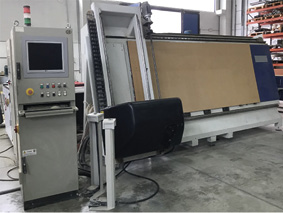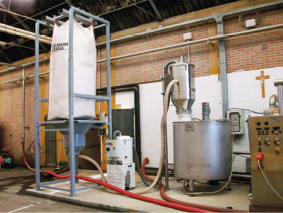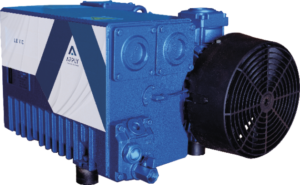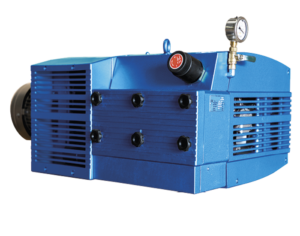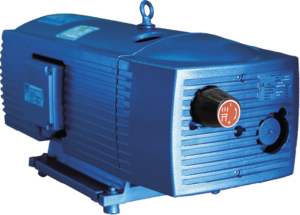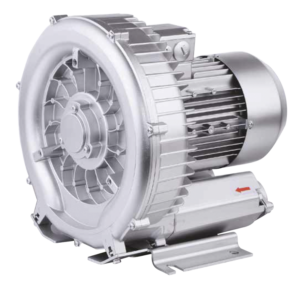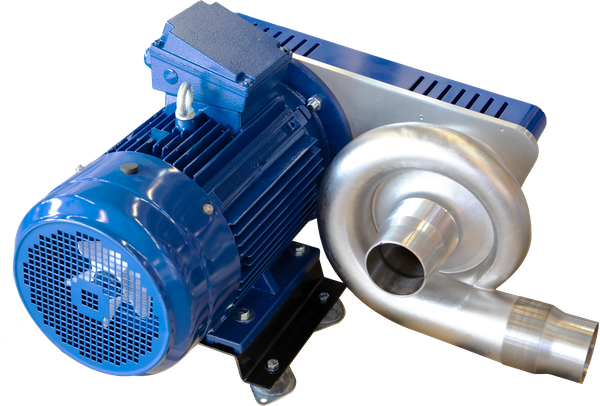Apply Italia
The company APPLY was founded in 2007.
Apply is the result of the twenty years of technical-commercial experience of its founders who, by founding it, decided to create that direct bridge between the production of customised technical mechanical items and the user customer.
The main purpose is to complete the supply of material with advice aimed at the best technical and economic choice, material dimensioning, complete projects, putting Apply men at the service of companies.
Our success is the energy we put into achieving customer satisfaction, operational speed and experience in problem solving.
Today Apply is operational with two branches in Bologna with warehouses for production, storage and packaging.




